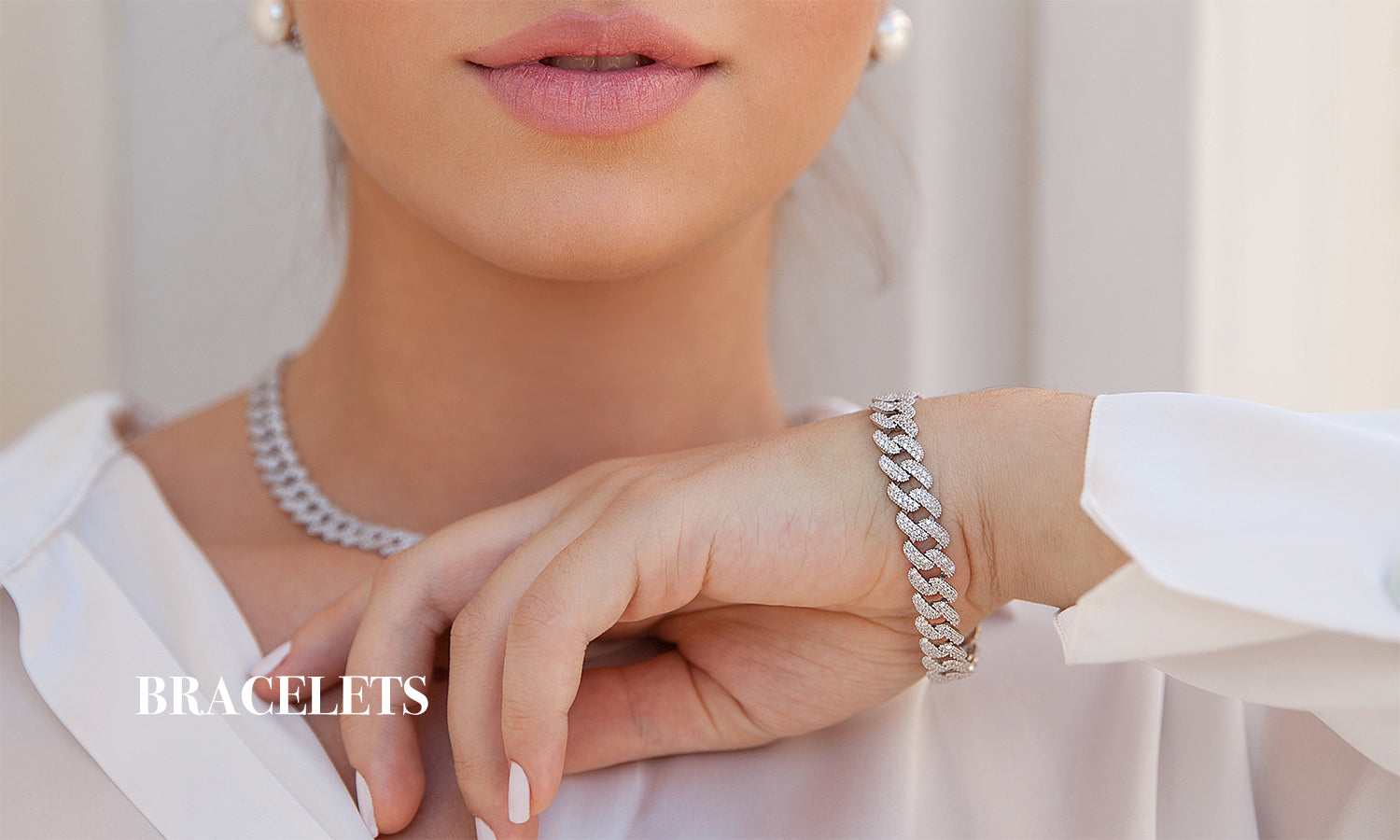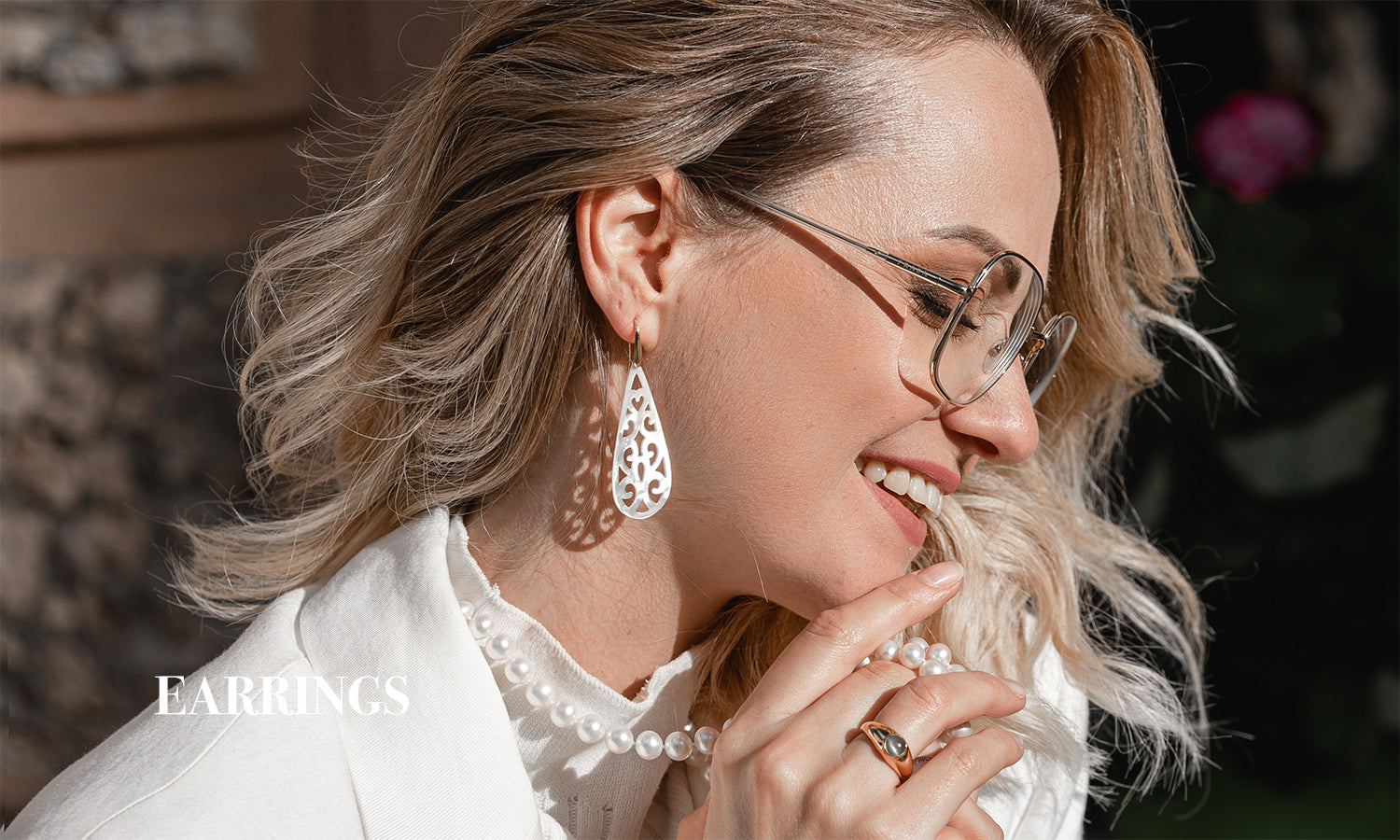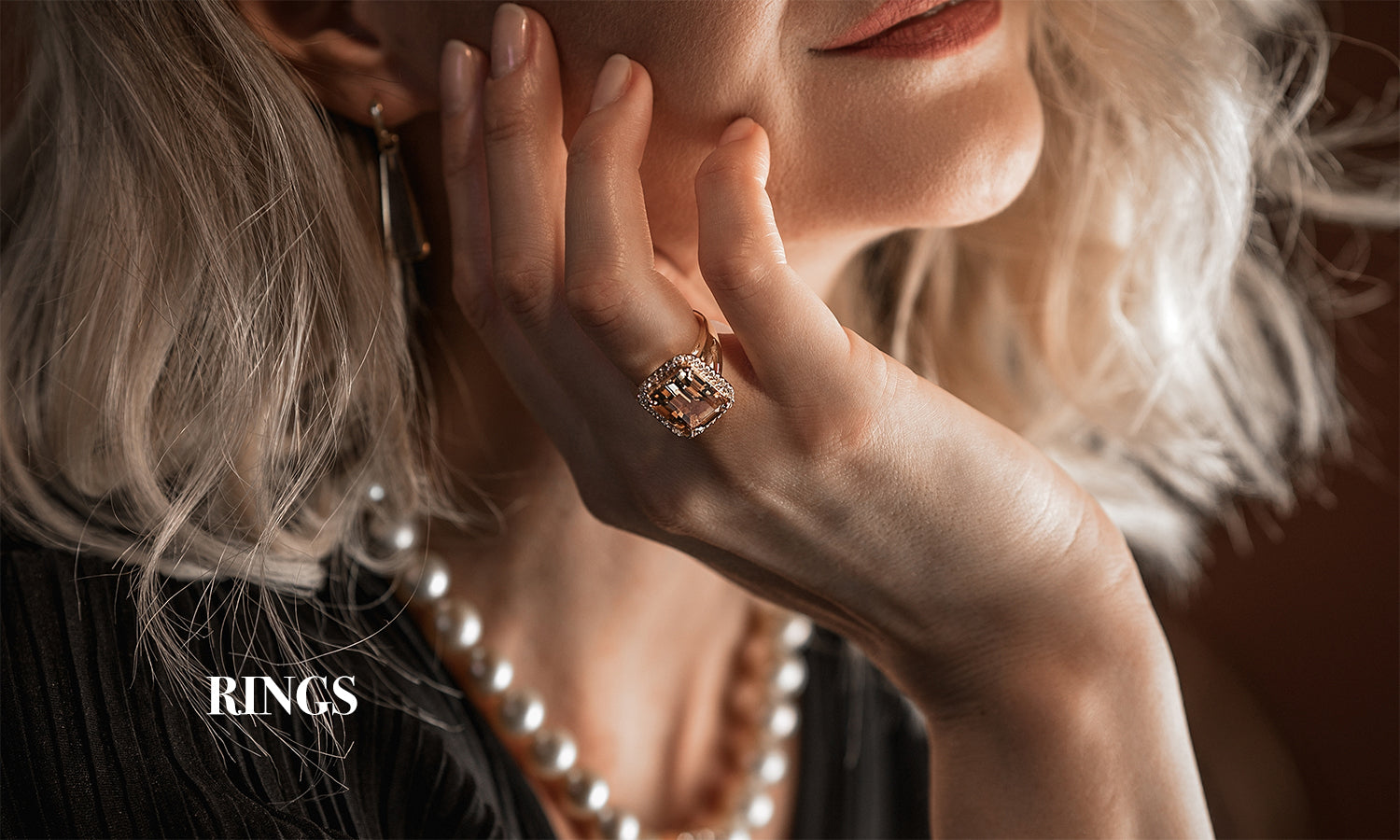In recent years, lab-grown diamonds have become increasingly popular among jewelry enthusiasts and eco-conscious consumers alike. These diamonds, created in controlled laboratory environments, offer a sustainable and ethical alternative to traditionally mined diamonds. This article delves into the allure of lab-grown diamond jewelry, the benefits it offers, and the significance of jewelry codes associated with these stunning creations.
|
Aspect |
Description |
|
Ethical and Environmental Benefits |
Lab-grown diamonds are more ethical and environmentally friendly than mined diamonds. |
|
Cost-Effective |
Typically cost 30-40% less than natural diamonds, offering better value for money. |
|
Quality and Variety |
Comparable in quality to natural diamonds, available in various colors and customizations. |
|
Sustainability |
Requires fewer natural resources and has a smaller carbon footprint. |
|
Certification |
Provided by reputable organizations like GIA, IGI, and AGS, ensuring quality and authenticity. |
|
Laser Inscriptions |
Unique identification numbers inscribed on the girdle for traceability. |
|
Grading Reports |
Detailed analysis of diamond quality from recognized labs. |
|
Jewelry Codes and Hallmarks |
Indicate metal type, purity, and whether diamonds are lab-grown. |
|
Research and Compare |
Essential for finding reputable retailers and understanding market options. |
|
Verify Certifications |
Ensures diamond quality and authenticity through recognized gemological institutes. |
|
Ask Questions |
Important for understanding diamond origins and production methods. |
|
Consider Customization |
Offers the ability to create unique, personalized jewelry pieces. |
What Are Lab-Grown Diamonds?

Lab-grown diamonds, also known as synthetic or cultured diamonds, are produced using advanced technological processes that replicate the natural conditions under which diamonds form. The two primary methods for creating lab-grown diamonds are High Pressure High Temperature (HPHT) and Chemical Vapor Deposition (CVD). Both methods produce diamonds that are chemically, physically, and optically identical to natural diamonds.
The Appeal of Lab-Grown Diamond Jewelry

- Ethical and Environmental Benefits: Lab-grown diamonds are considered more ethical as their production does not involve the environmental and human rights issues often associated with diamond mining. This aspect appeals to socially conscious consumers looking to make responsible choices.
- Cost-Effective:Lab-grown diamonds typically cost 30-40% less than their natural counterparts. This price difference allows consumers to purchase larger or higher-quality diamonds within their budget.
- Quality and Variety: Advances in technology have enabled the production of high-quality lab-grown diamonds that rival natural diamonds in terms of clarity, color, and brilliance. Additionally, lab-grown diamonds can be produced in a variety of colors, offering more options for personalized jewelry.
- Sustainability:The production of lab-grown diamonds requires fewer natural resources and has a smaller carbon footprint compared to traditional diamond mining. This sustainability aspect is a significant draw for eco-conscious buyers.
Understanding Lab-Grown Diamond Jewelry Codes

When shopping for lab-grown diamond jewelry, it's essential to understand the codes and certifications that indicate the quality and authenticity of the diamonds. Here are some key aspects to consider:
- Certification:Reputable organizations like the Gemological Institute of America (GIA), the International Gemological Institute (IGI), and the American Gem Society (AGS) provide certifications for lab-grown diamonds. These certifications detail the diamond's characteristics, such as carat weight, cut, color, and clarity.
- Laser Inscriptions: Many lab-grown diamonds come with a laser inscription on the girdle, which is visible under magnification. This inscription includes a unique identification number that corresponds to the diamond's certification, ensuring its traceability and authenticity.
- Grading Reports:A grading report from a recognized lab will provide a comprehensive analysis of the diamond's quality. It's crucial to review this report to understand the specific attributes of the diamond you're purchasing.
- Jewelry Codes and Hallmarks:Just like natural diamond jewelry, lab-grown diamond pieces often feature hallmarks that indicate the metal type and purity. Additionally, some jewelers may include specific codes to denote that the diamonds are lab-grown, ensuring transparency for consumers.
Tips for Purchasing Lab-Grown Diamond Jewelry

- Research and Compare:Before making a purchase, research different retailers and compare the quality and prices of lab-grown diamonds. Look for reputable jewelers with positive customer reviews and strong ethical practices.
- Verify Certifications:Ensure that any lab-grown diamond you consider comes with a certification from a recognized gemological institute. This certification is your assurance of the diamond's quality and authenticity.
- Ask Questions:Don't hesitate to ask the jeweler about the origin of the diamonds, the production methods used, and any specific jewelry codes or hallmarks associated with the piece.
- Consider Customization:Many jewelers offer customization options for lab-grown diamond jewelry, allowing you to create a unique piece that perfectly matches your style and preferences.
Conclusion
Lab-grown diamond jewelry is an exciting and ethical option for today's discerning consumers. With their combination of beauty, affordability, and sustainability, lab-grown diamonds offer a compelling alternative to mined diamonds. By understanding the jewelry codes and certifications associated with these diamonds, you can make informed choices and find the perfect piece to celebrate life's special moments. Embrace the brilliance of lab-grown diamonds and enjoy the peace of mind that comes with making an eco-friendly and socially responsible purchase.





